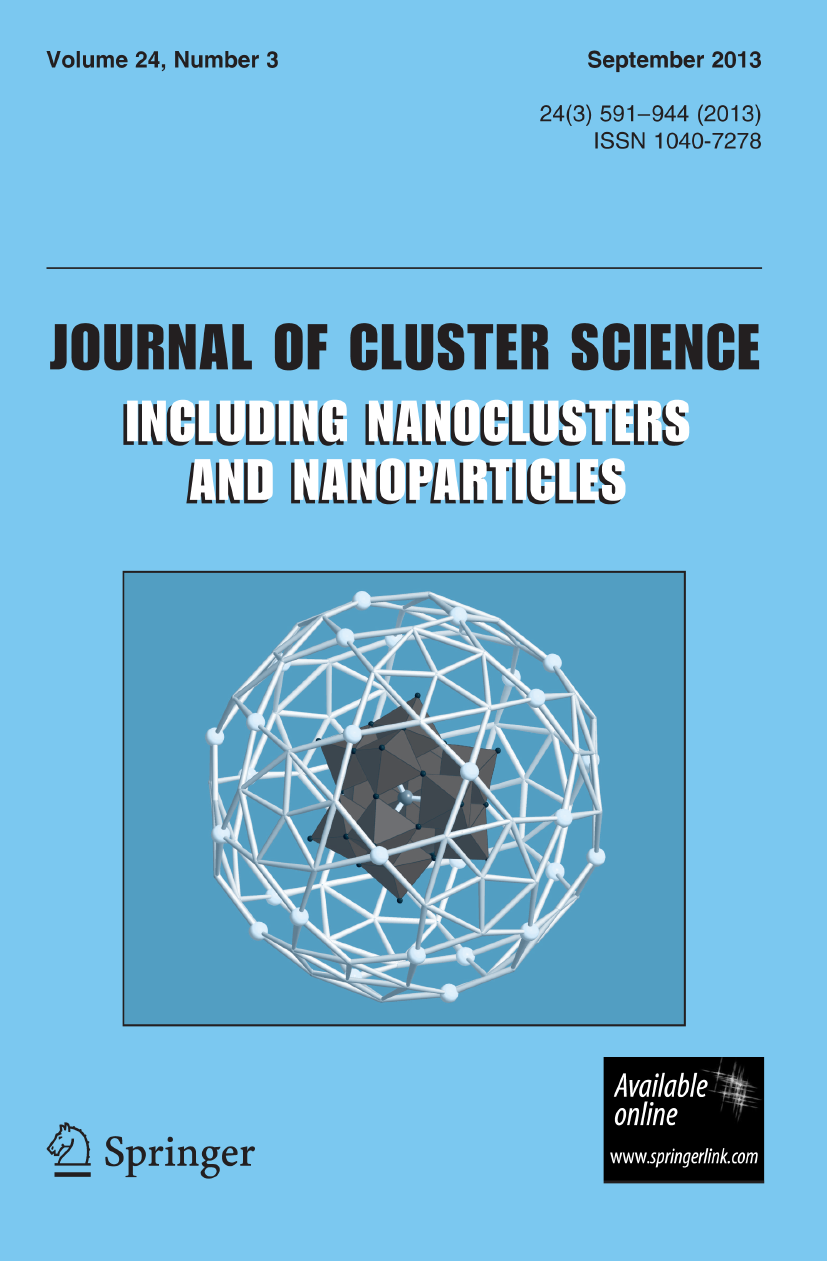Biogenic Flat Gold Nanoparticles and Their Photoluminescence Response
Abstract
Many studies have reported the synthesis of gold nanoparticles (AuNPs) with various shapes using plant extracts in a single step. However, there is limited research on controlling the morphology of AuNPs growing on specific crystal planes. In this study, planar AuNPs were synthesized at room temperature using the extract of the Taraxacum Officinale plant while avoiding exposure to natural light. Various concentrations of plant extract and precursor salt were tested during the synthesis process. The plant extract’s metabolites involved in the reduction and stabilization of the NPs were identified using nuclear magnetic resonance (1H-NMR) and Fourier transform infrared spectroscopy (FT-IR). The fluorescence spectroscopy of the AuNPs was also evaluated. Structural and morphological analysis of the samples was performed using scanning and transmission electron microscopy (SEM, TEM). The X-ray diffraction (XRD) with the Rietveld method characterized the crystallite size and nanoparticle orientation. SEM and TEM results showed that increasing the plant extract concentration led to NPs with variable shapes due to an abundance of biomolecules in the extract. Also, higher precursor salt concentrations resulted in irregular planar NPs overlapping at specific crystallographic planes, generating a large surface area. XRD confirmed the AuNPs’ Face-Centered Cubic (FCC) lattice structure and verified the planar orientation at the {111} planes. 1H-NMR and FT-IR spectroscopy revealed that the metabolites in the plant extract mainly consisted of reducing sugars. The most significant finding of this study was that these planar NPs oriented in the {111} planes exhibited fluorescence close to 300 (u.a.), suggesting their potential use in detecting cancer cell lines, which could have significant implications in biomedical diagnostics.

 求助内容:
求助内容: 应助结果提醒方式:
应助结果提醒方式:


